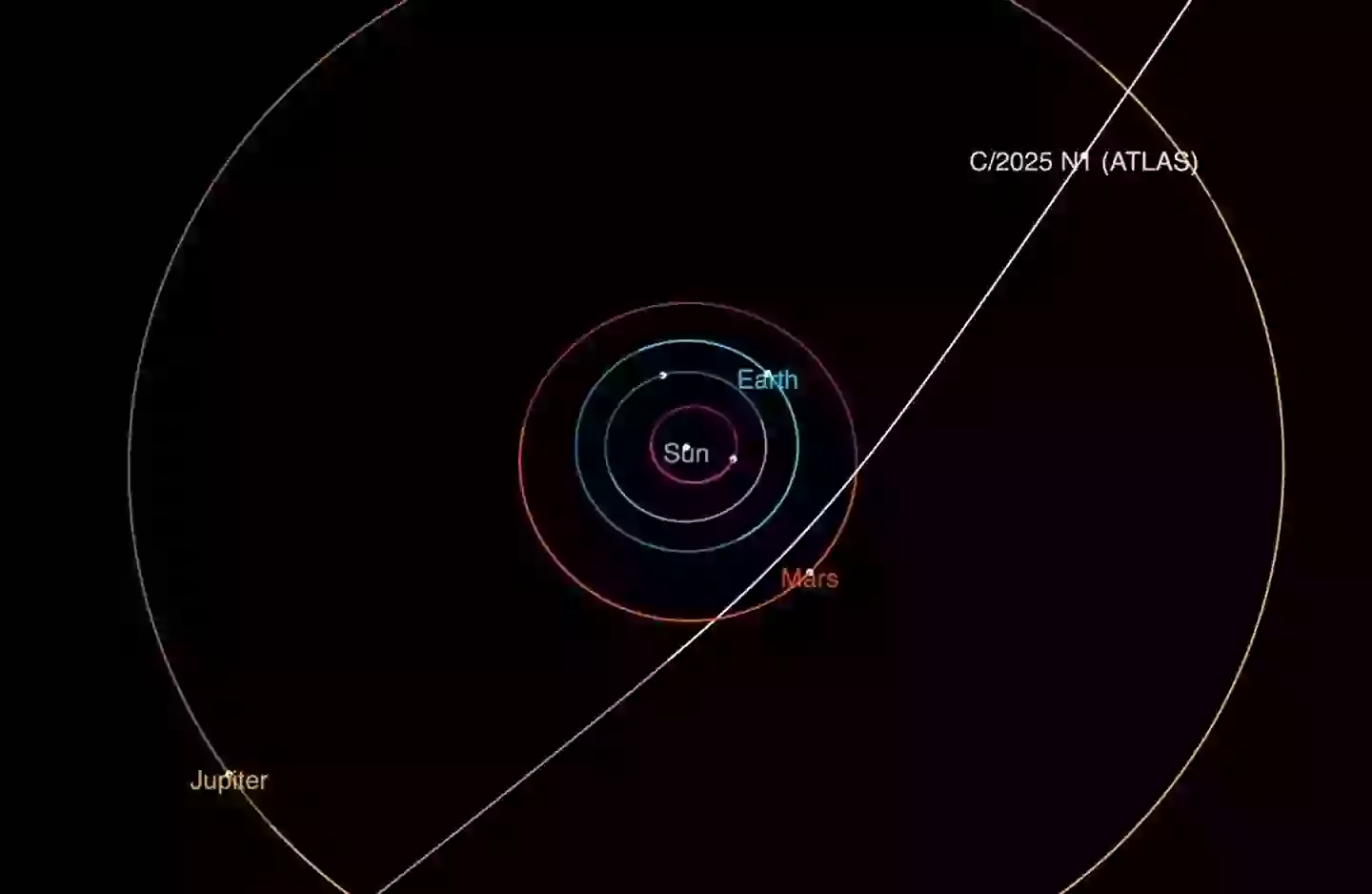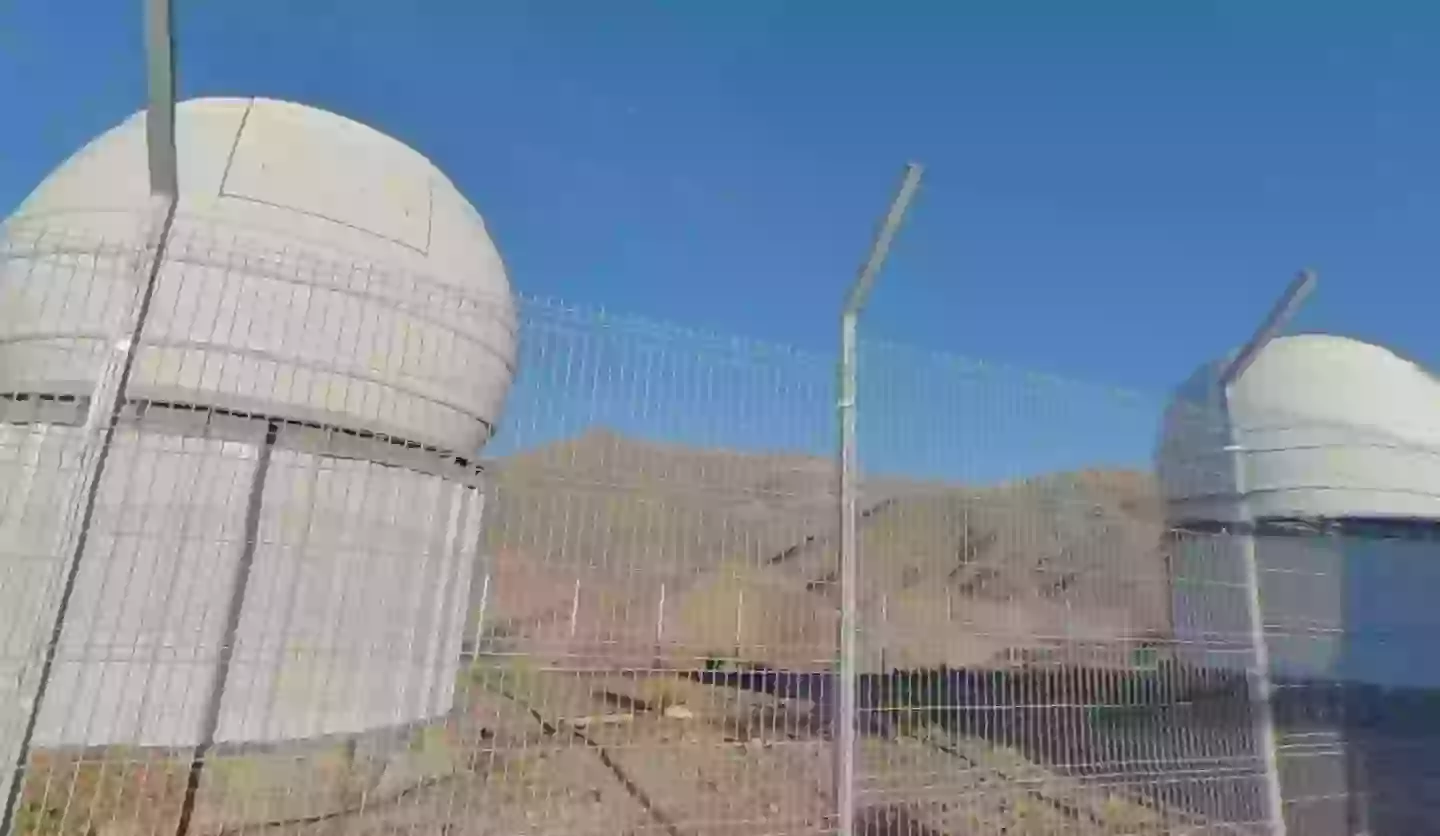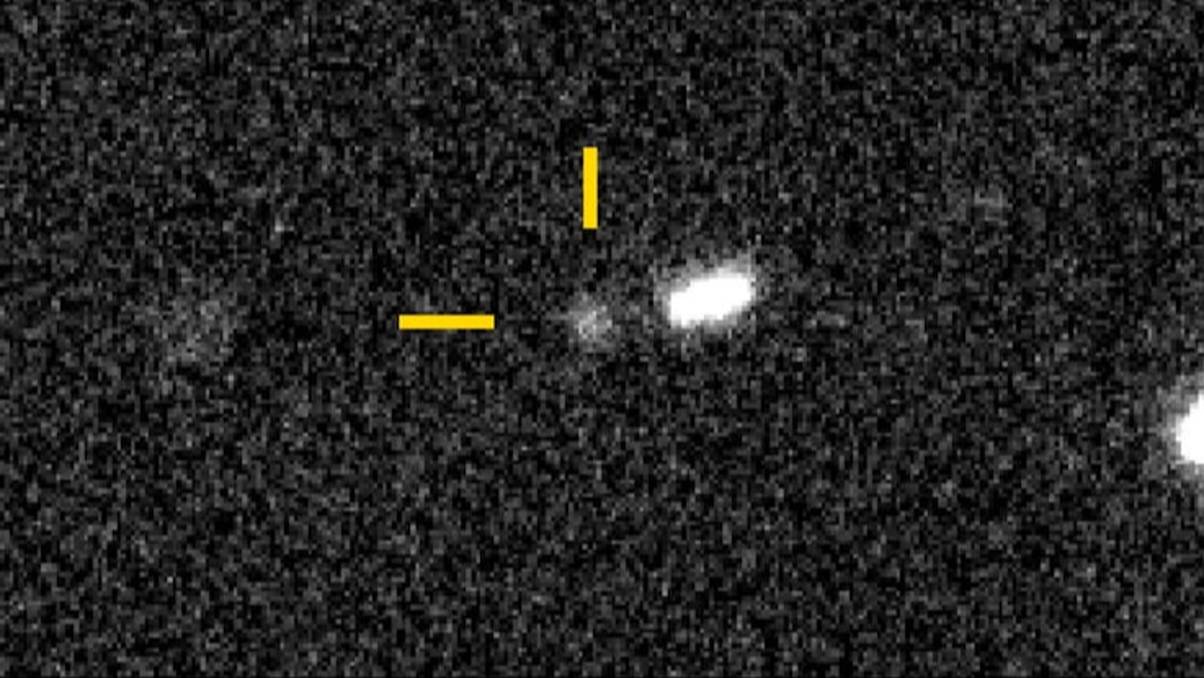Mystery from the Stars: NASA Unveils Startling Discovery of a Strange Interstellar Visitor Racing Through Our Solar System
So, NASA just dropped a cosmic surprise on us — an interstellar object is casually cruising through our solar system and will swing by Earth’s neighborhood later this year. Now, before you start picturing a giant space rock about to photobomb our planet, here’s the kicker: this comet, named 3I/ATLAS, is playing it safe, zooming comfortably between Earth and Mars without a hint of a collision. Spotted way out in Chile by the ever-watchful Asteroid Terrestrial-impact Last Alert System (or ATLAS for short), this distant visitor is currently chilling some 420 million miles away and will get no closer than about 150 million miles. NASA assures us it’ll be only 130 million miles from the Sun around late October—still a respectful distance from our cosmic backyard. It’s wild to think this interstellar traveler came from way beyond our solar system, probably waving hello from the direction of Sagittarius. Makes you wonder—what stories does this comet carry from afar? And hey, with vigilant watchers like ATLAS, we’ve got front-row seats (and early warnings) to all these celestial shenanigans. Buckle up, space fans — the universe sure knows how to keep things interesting! LEARN MORE.
NASA has confirmed that an interstellar object is currently travelling through our solar system and will pass by our planet later this year.
Fortunately, it’s going to come nowhere near us on its journey as it’ll pass between the orbits of Earth and Mars without striking anything.
It was spotted by the Asteroid Terrestrial-impact Last Alert System (ATLAS) in Rio Hurtado, Chile as part of our planet’s early warning system to detect objects in space and plot their paths to see if they’ll intersect with Earth.
The comet, which has been named 3I/ATLAS, was detected on 1 July and is currently around 420 million miles away from Earth, while it will only come as close as around 150 million miles as it moves through the solar system.
NASA says that it will get to within 130 million miles of our Sun on about 30 October.

The interstellar object will pass between Earth and Mars as it moves through our Solar System (NASA/JPL-Caltech)
Experts are still studying the comet to learn more about it, and NASA says that ground-based telescopes will be able to see 3I/ATLAS through to September.
After that it will be too close to the Sun to look at, though by December it will have moved far enough away from the centre of our solar system for planet-based telescopes to see again.
According to NASA, this interstellar object came from somewhere else in the galaxy than our own solar system and it appears to have arrived from the direction of the constellation of Sagittarius.
It’s only the third confirmed interstellar object in our solar system after an interstellar asteroid dubbed Oumuamua was spotted in 2017 and two years later a comet called 2I/Borisov was discovered.
ATLAS can spot objects in space heading or way before they might collide with the planet, giving us an early warning of what’s coming our way.
The larger the asteroid, and thus the more danger it poses, the earlier ATLAS spots it and gives us time to work out exactly where it’s going.

An observatory in Chile which is part of the ATLAS early warning system spotted the interstellar object (Google Maps)
In the highly unlikely event that a hunk of space rock big enough to do damage was headed our way, we’d know all about it with time to spare.
The one we were recently worrying about was called 2024 YR4, which is currently heading away from us but will loop around the Sun before heading back towards the Earth again.
This asteroid is large enough to be a ‘city killer’, though in fortunate news the projected path of the space rock has it missing us.
NASA said that when it was first discovered, 2024 YR4 had a small chance of hitting Earth on 22 December, 2032.
However, further study has produced good results for humanity as we’re now sure it poses ‘no significant impact risk to Earth in 2032 and beyond’.
That’s wonderful news, we won’t be wiped out by a catastrophic asteroid impact.


















